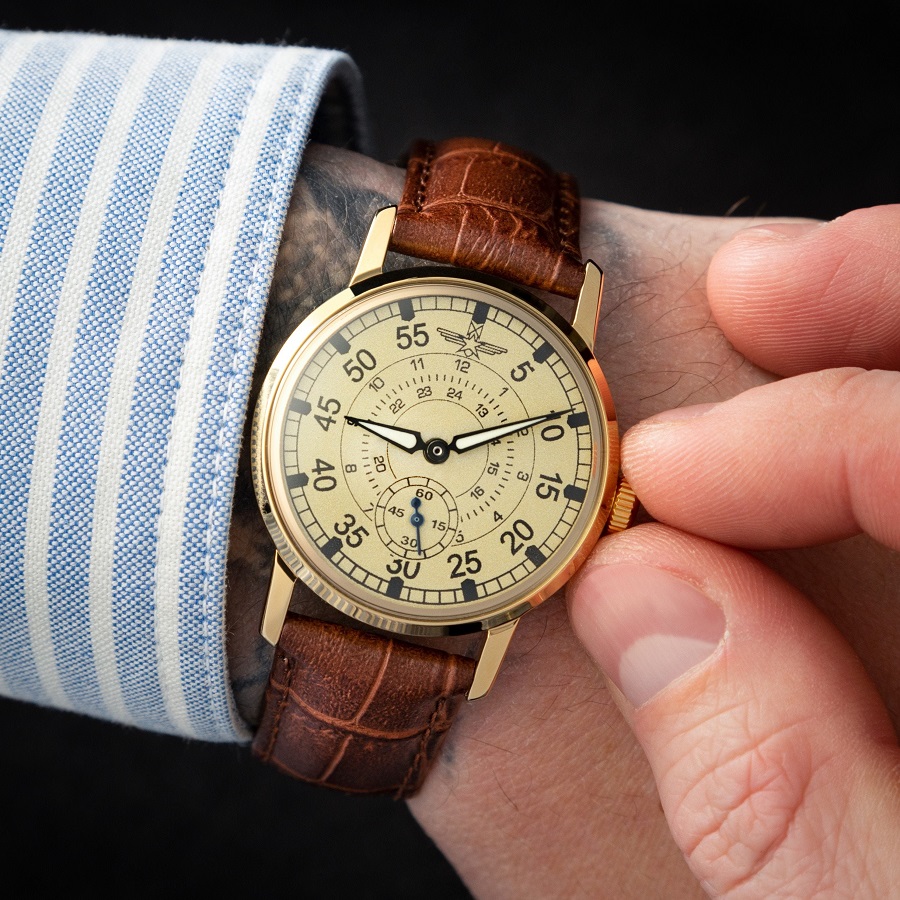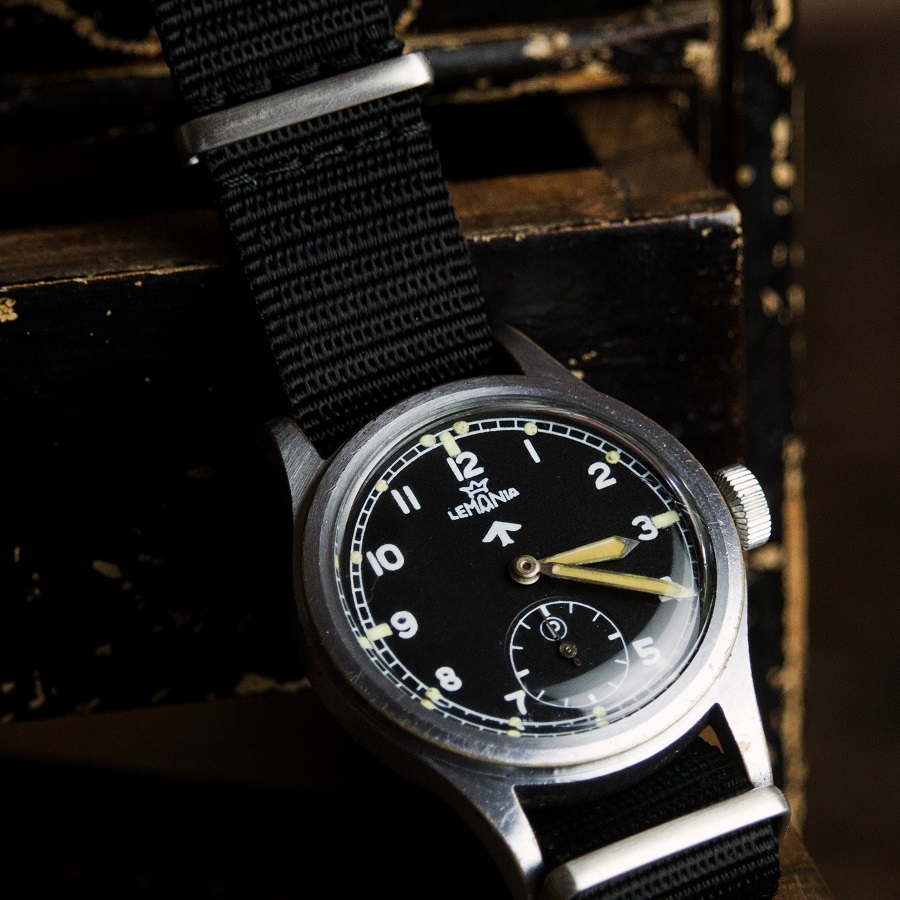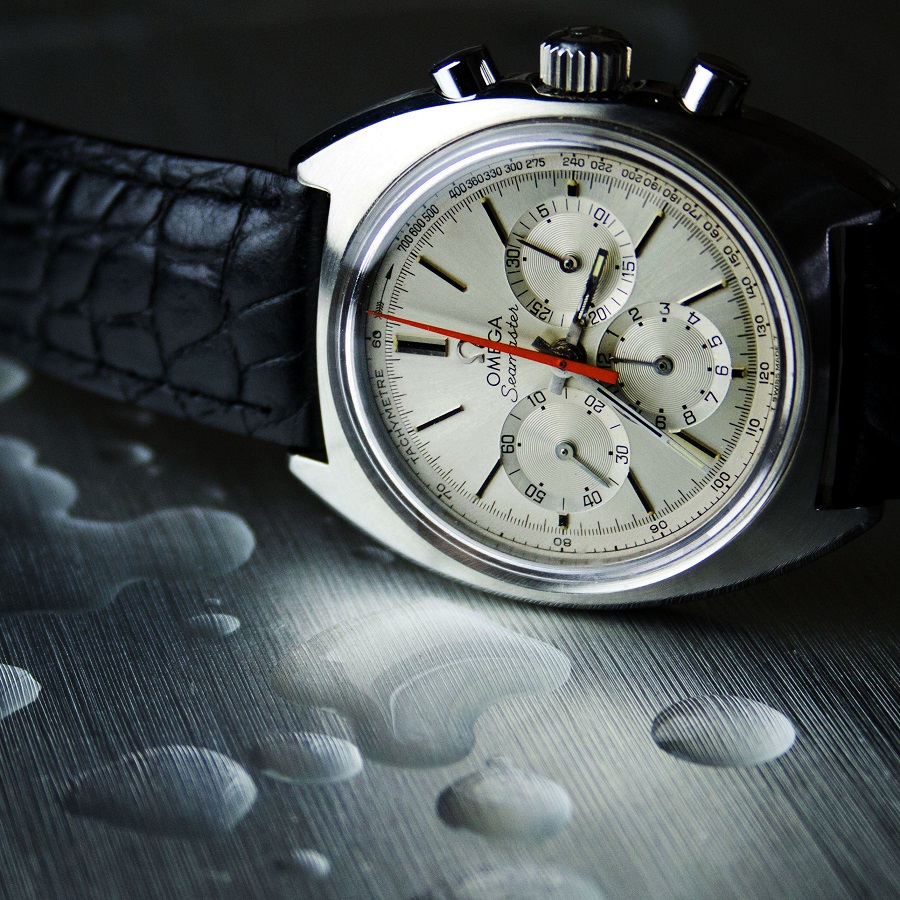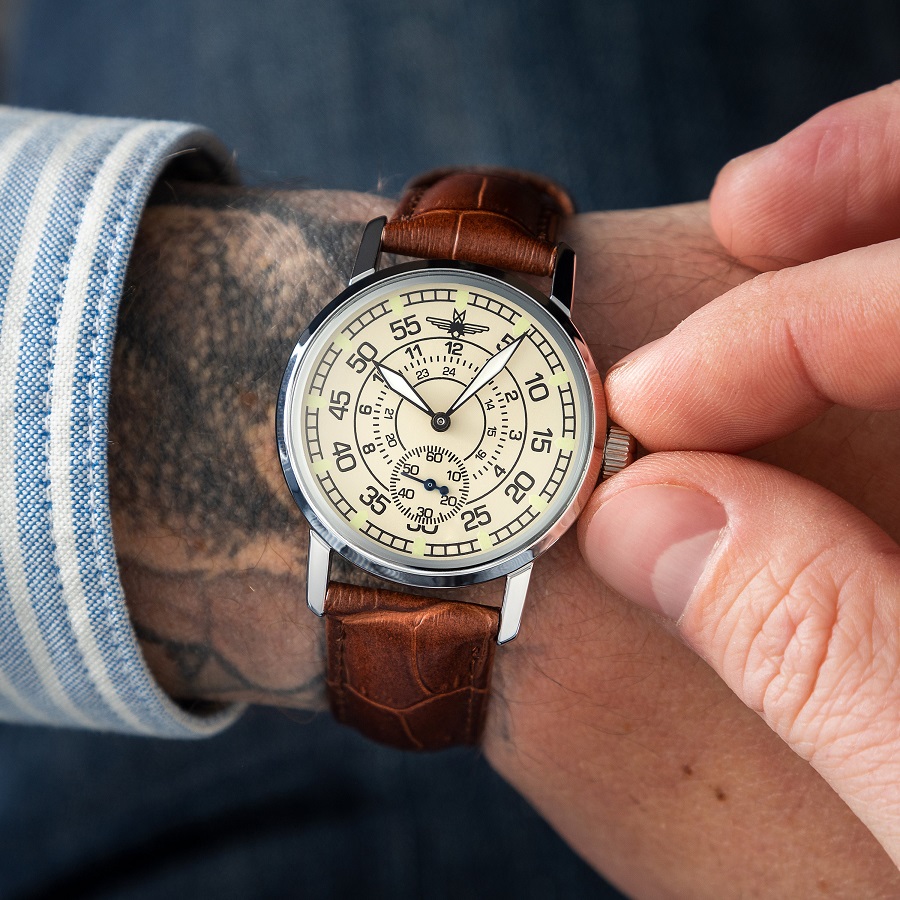Introduction
vintage men’s watches – In an era where smartwatches and digital timepieces dominate the wrists of many, vintage men’s watches evoke a sense of nostalgia and admiration for the artistry and craftsmanship of bygone eras. These timeless pieces not only tell time but also narrate stories of history, innovation, and personal style. For collectors, vintage watches represent much more than mere accessories; they are cherished investments and tangible links to the past. This guide delves into the world of collecting vintage men’s watches, offering insights, tips, and considerations for those embarking on this fascinating journey.
Rolex Submariner 5513 (1960s-1980s)
The Rolex Submariner 5513 is a true icon in the world of vintage watches. With its robust stainless steel case, black dial, and lack of date function, this model embodies simplicity and functionality. Its connection to James Bond adds a touch of adventure and glamour, making it a favorite among collectors and gentlemen who appreciate understated luxury.
Omega Speedmaster Professional (Pre-Moon, 1960s)
Famously known as the first watch worn on the moon, the Omega Speedmaster Professional from the pre-moon era boasts a manually wound chronograph movement and a timeless design. Its association with space exploration adds to its allure, while its clean lines and hesalite crystal encapsulate the essence of vintage charm.
Heuer Autavia (1960s-1970s)
The Heuer Autavia, originally designed for automobile and aviation enthusiasts, offers a sporty yet sophisticated look. Its rotating bezel, large legible numerals, and Valjoux chronograph movement make it a practical and stylish choice for the modern gentleman who appreciates vintage motorsports aesthetics.
Jaeger-LeCoultre Reverso (1930s-1940s)
With its unique reversible case and Art Deco styling, the Jaeger-LeCoultre Reverso is a testament to innovative design and enduring elegance. Originally created for polo players to protect the watch glass during matches, this piece seamlessly integrates into formal attire, exuding an air of intellectual refinement.
Patek Philippe Calatrava Ref. 96 (1930s-1970s)
Considered by many as the quintessential dress watch, the Patek Philippe Calatrava Ref. 96 epitomizes minimalist luxury. Its clean dial, thin case, and understated elegance reflect a philosophy of ‘less is more.’ Owning a vintage Calatrava is a mark of discerning taste and a nod to horological excellence.
Designed for pilots, the Breitling Navitimer 806 is recognized for its distinctive slide rule bezel, allowing complex calculations mid-flight. The combination of its utilitarian features with a bold aesthetic makes it a versatile choice for gentlemen who value both style and substance.
Seiko 6139 “Pogue” (1970s)
As one of the first automatic chronographs in space, the Seiko 6139 “Pogue” represents a significant milestone in watchmaking history. Its robustness, affordability, and unique design featuring a colorful dial make it an accessible and charming addition to any vintage collection.
IWC Portugieser Reference 325 (1940s-1970s)
Originally commissioned by Portuguese merchants who desired a pocket watch-sized wristwatch, the IWC Portugieser Reference 325 boasts a large dial and elegant simplicity. Its precision mechanics and classic design have stood the test of time, appealing to gentlemen who appreciate precision engineering and classic aesthetics.
Longines Caliber 13ZN (1930s-1940s)
Regarded by many collectors as one of the finest chronograph movements ever made, the Longines Caliber 13ZN is a marvel of horological innovation. With its distinctive pushers and high-quality finishing, this rare find exudes an aura of exclusivity and technical prowess.
Panerai Radiomir (1930s-1940s)
Originally crafted for Italian naval commandos, the Panerai Radiomir showcases a minimalist dial design and a signature cushion case. Its oversized form and luminescent markers were designed for readability under water, making it a bold and historically rich choice for gentlemen who appreciate functional elegance.

Understanding Vintage
The term “vintage” typically refers to items that are at least 20-30 years old, though some purists argue for a 50-year benchmark. In the context of watches, vintage often signifies a piece with historical significance, unique design, or mechanical innovation from a particular era. Understanding the different periods in watchmaking history can help you appreciate and identify potential acquisitions:
- Early 1900s to 1940s: Characterized by pocket watches transitioning into wristwatches, with brands like Rolex, Omega, and Patek Philippe pioneering innovations.
- Post-WWII to 1960s: The birth of iconic models such as the Rolex Submariner and Omega Speedmaster, reflecting advancements in waterproofing, automatic movements, and tool watches.
- 1970s to 1980s: The Quartz Crisis era saw a shift towards electronic watches, while mechanical watches became more specialized and luxurious.
Why Collect Vintage Watches?
- Uniqueness: Vintage watches often have distinct designs and features that are no longer produced, making each piece unique.
- Investment Potential: Certain vintage watches have appreciated significantly over time, offering not just aesthetic pleasure but also financial returns.
- Craftsmanship: Vintage watches were often handmade or assembled with great care, showcasing the highest level of horological artistry.
- History & Storytelling: Each vintage watch carries a story of its time, owner, and manufacture, adding emotional value to the collection.
Key Considerations for Collectors
- Authenticity & Condition: Ensure the watch is genuine and original, with minimal restoration. Seek professional authentication services if necessary.
- Brand & Model: Research the brand’s history and the specific model’s significance. Iconic models from reputable brands tend to hold or increase in value.
- Mechanical Integrity: The movement should be in good working order. Vintage watches may require servicing, which can be costly but essential.
- Documentation & Provenance: Original paperwork, boxes, and service records can greatly enhance a watch’s value and authenticity.
- Rarity & Demand: Limited edition pieces or those with unique features are generally more desirable and valuable.
Where to Buy Vintage Watches
- Authorized Dealers & Brand Boutiques: Occasionally offer certified pre-owned vintage collections.
- Reputable Auction Houses: Christie’s, Sotheby’s, and Phillips conduct high-profile auctions featuring rare and valuable vintage watches.
- Specialist Vintage Watch Dealers: Experts who specialize in vintage watches can provide assurance of authenticity and condition.
- Online Platforms: eBay, Chrono24, and specialist forums can be treasure troves, but require careful vetting and due diligence.
Caring for Your Collection
- Regular Servicing: Have your watches serviced by a professional horologist every few years to maintain their functionality and longevity.
- Storage: Keep watches in a dry, temperature-controlled environment, ideally in a watch winder to keep automatic movements running smoothly.
- Insurance: Insure your collection against theft, loss, and damage. Obtain appraisals regularly to update coverage values.
The Roots of Timekeeping
The origins of timekeeping can be traced back to ancient civilizations, where sundials, water clocks, and hourglasses marked the passage of time. However, it wasn’t until the late 16th century when portable mechanical watches emerged in Europe, primarily as status symbols for nobility. These early pocket watches were intricate, handcrafted marvels, marking the beginning of a journey that would lead to the wristwatch revolution.
Wristwatches: From Military Utility to Fashion Statement
The transition from pocket watches to wristwatches was catalyzed by necessity during World War I. Soldiers found pocket watches impractical in the trenches, leading to the adoption of wristlets, or wrist-mounted timepieces. This practicality soon transcended into civilian life, symbolizing a new era of masculinity and modernity. Brands like Rolex, Omega, and Cartier played pivotal roles in popularizing wristwatches, each contributing unique designs and innovations that would shape the industry.
The Golden Age of Watchmaking
Post-World War II, the world witnessed a boom in watch production and innovation. The 1950s and ’60s are often referred to as the golden age of watchmaking, characterized by technological advancements and design elegance. This period saw the birth of iconic models such as the Rolex Submariner (1953), designed for divers with its waterproof capabilities; the Omega Speedmaster (1957), which would later become NASA’s official chronograph for space missions; and the Jaeger-LeCoultre Reverso (1931), originally designed for polo players to protect the watch face.
Conclusion
Collecting vintage men’s watches is a hobby that blends passion for history, art, and mechanics. It requires patience, knowledge, and a keen eye for detail. By understanding the nuances of different eras, carefully selecting pieces. And tending to their preservation, collectors can build a collection that not only offers personal satisfaction. But also stands the test of time as a legacy for future generations. Embrace the hunt, cherish the finds. And let each vintage watch become a chapter in your own tale of timeless elegance.

